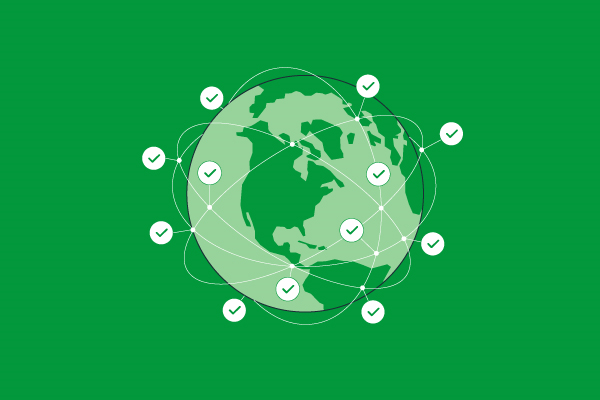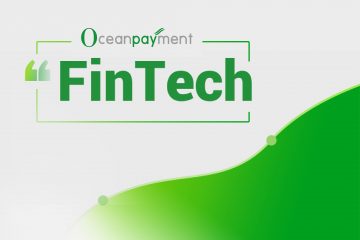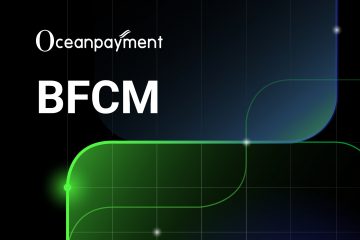Develop Payment Platforms for Websites
Find out the smart ways to develop payment platforms for websites today. Stay ahead in the competition between online businesses with a flexible platform.
Are you looking forward to setting up an online payment platform for websites? You are likely choosing between developing your own in-house solutions or using third-party solutions. Each of them offers different pros, cons, and costs. Here’s what you should know about payment platforms for websites and then optimize them to make them easy for customers to use.
Advantages of Third-Party Payment Platforms for Websites
If you are selling products online, you need to provide your customers with an easy-to-use online payment form. However, once you have decided that you need one, using a third-party payment platform for website to make online payments provides the following advantages:
Simple
You don’t need major software development for implementing online payment forms on your website.
Security
Getting a payment gateway from a software provider means you can ask them to ensure security.
Guidance
A third-party platform that integrates with the account guides you in understanding the process and automatically integrates the merchant account with the payment platform for website.
Easy Integration
Most solutions help set up online payment forms connected from emails and through the website so that you can get online payments easily.
Low Upfront and Ongoing Costs
Since you don’t need to spend revenue on development, getting started with a third-party payment platform is quite cheap. However, you need to pay monthly services fees for the platform, but you don’t need to pay your secure hosting costs.
Advantages of In-House Payment Platforms for Websites
Developing your online payment platform for websites in-house offers the following advantages:
Control
Developing your own in-house payment platform for websites offers you more control, and having more control over the development means you can customize the solution according to your business. While developing your own online payment platform, you can modify the functionality right according to your specific needs.
Feel
There are different third-party payment platforms for websites that let you customize the solutions according to your needs. You can design your in-house platform in any way you like and ensure that they sync well with the flow and feel of your website.
Flexibility
If you also want to expand the functionality of your payment platform for websites into a shopping cart, you can do that easily. Just because you have access and control over the code, you can revise and update the code according to your specific needs.
Before Making a Decision Between Third-Party or In-House Payment Platforms for Websites
Before making your decision between in-house development or third-party payment platform for websites and how you want to integrate them, you need to consider few questions.
First, consider your resources. If you are running a small business without an in-house development team or experts, it can be better for you to choose a third-party payment platform for websites. In this way, you don’t need to hire any extra resources and save your cost. However, suppose you have the development resources. In that case, it can be better to solve the problem by developing an in-house solution because it helps to ensure flexibility as the business and processes grow over time.
Second, calculate your options’ cost and what functionality you want to have in your payment platform for websites. Consider the upfront fees, security costs, long-term hosting, and processing costs. Adding functionality to your platform itself needs more time for development and technical knowledge.
No matter what you choose, a payment platform for websites offers your customers the facility to pay online, which helps to improve your cash flow, efficiency, and customer satisfaction. It helps to grow your online business.
Oceanpayment is a secure and reliable payment platform that you can integrate with your online business to make hassle-free payments. It is a perfect solution for every size of business.
With the popularization of electronic payment, people pay more and more attention to the security of payment platforms, and higher requirements are put forward for payment efficiency and cost reduction. E-commerce sellers all hope to provide consumers with a safe and convenient payment system. Choosing a payment solution must meet the business needs of sellers and consumers at the same time. Therefore, it must be able to prevent fraud, support multiple payment methods, be easy to use, and be compatible with the merchant’s platform. Oceanpayment can provide sellers with global payment solutions by providing a safe and reliable payment gateway and a comprehensive risk control model.
What is website payment platform and how does it work?
Website payment platform refers to a platform provider that establishes a connection between merchants and banks through communication and information security technologies, so as to realize currency payment, cash flow, fund settlement, and query statistics among consumers, financial institutions and merchants. Online payment platform is an “intermediate platform” for both buyers and sellers in the transaction process. It is an independent institution that protects the interests of both parties under the supervision of banks.
The website payment platform integrates a variety of bank card payment methods into one interface, acting as the interface between the parties in e-commerce transactions and the bank, and is responsible for the docking with the bank in transaction settlement. Consumers pay through the website payment platform for merchants, the website payment platform provides merchants with an interface platform compatible with multiple bank payment methods.
Transaction types of payment platform for website
Before jumping into the details of payment platform comparison, let’s see what types of payment transactions exist – depending on your business, you may want to pick a specific one for your e-commerce site or a portal.
- Authorization
This type is used to determine the customer’s ability to pay and find out if there are enough funds on their credit card. The actual fund transfer doesn’t take place in this case. It makes sense to use the authorization transaction type if it takes some time for you to ship the products ordered online and you need to guarantee the funding by the card issuer.
- Capture
Capture transaction lets you capture the money that was previously authorized and send it for settlement. Thus, if you sold a product online that took time to manufacture/prepare for shipping, you first need to authorize the payment, and when the product has been shipped – capture the amount, and it will be transferred to your account.
- Sale
Sale transaction combines authorization and capture. If you fulfil orders immediately that’s the transaction type you should use – the money is charged and transferred at once. It will also be suitable if you sell a service membership and immediately provide the user with access.
- Refund
Things happen, and if an order has to be cancelled for some reason, the merchant will need to refund a transaction and submit it for processing. Most of the time, a refund is limited to the original amount authorized and can only be applied to Sale and Capture transactions.
- Void
A void transaction is similar to a refund, but it can only be applied if the transaction hasn’t been settled (captured) yet. Typically, the transaction will disappear from the customer’s account statement within 24 hours, while it may take 3 to 5 business days to process a refund. Voids are also a bit cheaper than refunds.


How to choose a payment platform for your website?
For online payment platforms, the security of funds is mainly achieved through the following two aspects. Take Oceanpayment as an example:
The first is the security of the online payment system. It largely depends on the risk control system, a security controlling system that efficiently avoids operational risks in the online payment process. Implement risk measures before, during and after the event. Oceanpayment has a complete and intelligent closed-loop risk control management system. Through the real-time risk control system, a perfect closed loop of risk control is formed. All links cooperate and complement each other to monitor the transaction risks of merchants more comprehensively and intelligently.
Second is data security. The online payment platform will use 2048-bit SSL encryption, IPS, WAF, firewall and other security protection equipment to pass the industry’s PCI-DSS certification. As a global digital payment solution provider, Oceanpayment has the highest level of security certification PCI DSS LEVEL 1. Combining artificial intelligence + big data technology can deeply protect merchant data security, resist more than 99% of transaction risks, and provide credit card transaction anti-fraud security protection for merchants in refined fields such as E-Commerce, travel and airlines, trade, and banking.












Comments are closed.